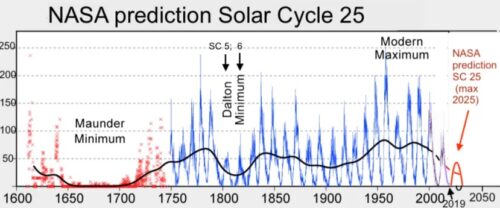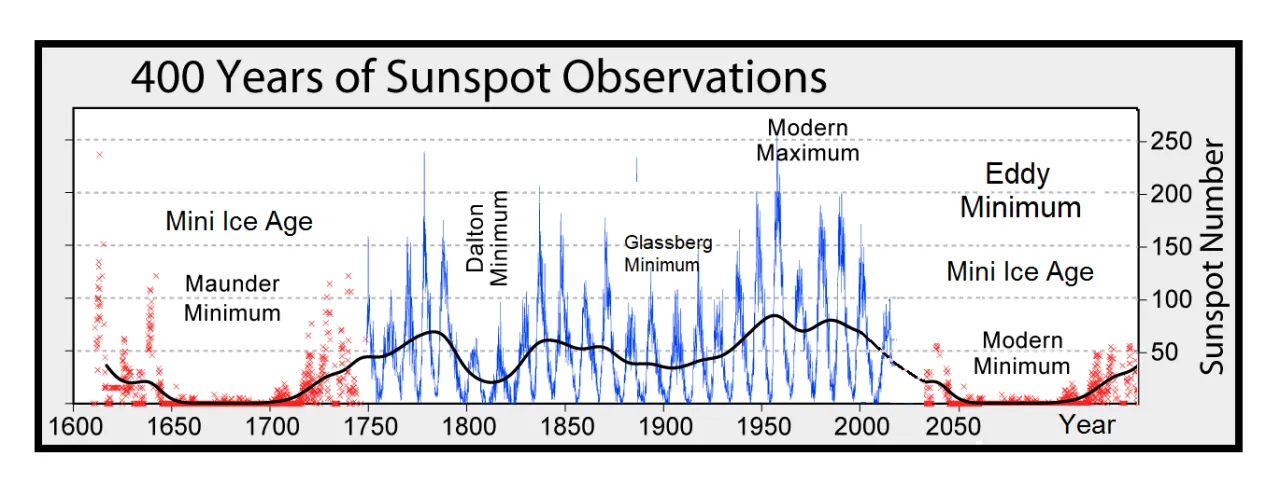According to Electroverse.net, record cold is engulfing large swathes of the South American continent this week, ravaging the region’s crops, lowering yields and spiking prices.
Thanks to a powerful Antarctic air mass, nations such as Argentina, Uruguay, Paraguay, Bolivia, and BRAZIL are suffering an extreme and unprecedented chill, with historic snowfall to match.
Heavy frosts have been reported in Brazil’s sugarcane, coffee and corn fields.
RECORD COLD STRIKES BRAZIL: HEAVY FROSTS RAVAGE SUGARCANE, COFFEE AND CORN CROPS
The country registered extremely low temperatures on Wednesday, June 30, according to analysts and weather agencies — all the way from the southernmost state of Rio Grande do Sul to the northern part of São Paulo.
As reported by riotimesonline.com, “São Paulo city registers record low temperatures, expects further drops”.
Today we had a strong frost in Soth Brazil. Safrinha Corn in Paraná and Paraguay with high damage. ? (video by farmer) pic.twitter.com/VpCZaEsx17
— j madaloz (@jcmadaloz) June 30, 2021
“It has been a long time since we saw this kind of frosts in Brazil,” said meteorologist Marco Antonio dos Santos.
Heavy frosts have been widespread, from the smaller coffee fields in Paraná, to the vast arabica crops in São Paulo state (Brazil’s second largest coffee producer, after Minas Gerais).
There were also reports of frosts and freezes in the sugarcane fields of São Paulo–a region that accounts for over 60 percent of sugar output in the country.
“For sugarcane, the impact is more severe (than for coffee),” explained Celso Oliveira, a local meteorologist.
“When hit by frosts, cane stops to grow and this reduces the sugar content,” explained Oliveira. “Hence mills harvest before the ideal time,” he continued, as they try to reduce losses and start crushing sooner.
The COLD TIMES are returning, the mid-latitudes are REFREEZING, in line with the great conjunction, historically low solar activity, cloud-nucleating Cosmic Rays, and a meridional jet stream flow (among other forcings).
Both NOAA and NASA appear to agree, if you read between the lines, with NOAA saying we’re entering a ‘full-blown’ Grand Solar Minimum in the late-2020s, and NASA seeing this upcoming solar cycle (25) as “the weakest of the past 200 years”, with the agency correlating previous solar shutdowns to prolonged periods of global cooling here.
Furthermore, we can’t ignore the slew of new scientific papers stating the immense impact The Beaufort Gyre could have on the Gulf Stream, and therefore the climate overall.


More here. You must learn about the Grand Solar Minimum and why we need to prepare.
